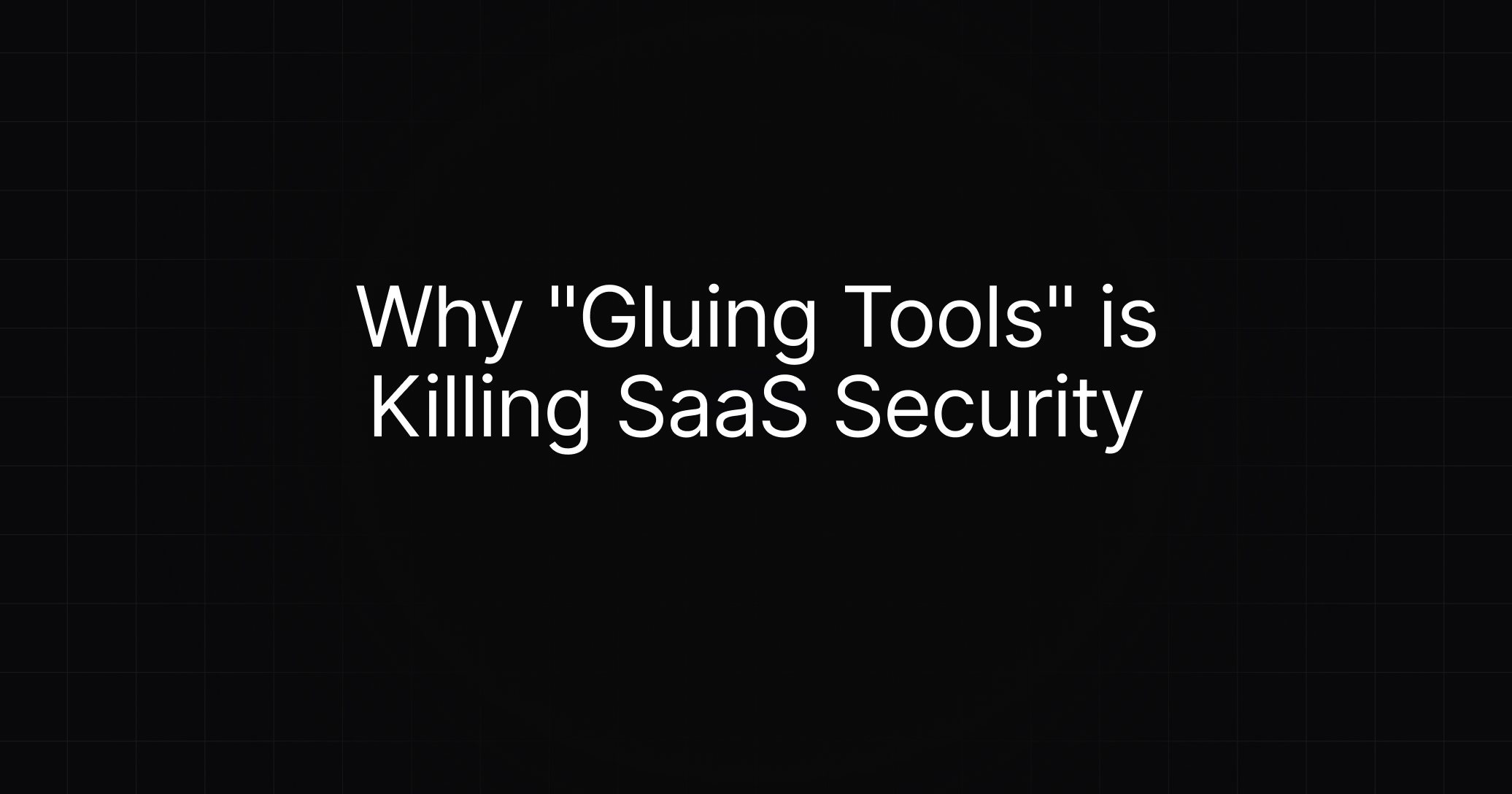Most SaaS platforms don’t start with a clean, deliberate architecture. They evolve through necessity, with developers stitching together different tools to solve immediate problems. Authentication here, a dashboard plugin there, maybe a policy engine added later. This “gluing tools” approach works in the short term — but in multi-tenant environments, it quietly corrodes security.
Multi-tenancy is the backbone of SaaS. It allows a single application instance to serve many customers while keeping their data isolated. Done right, it delivers efficiency, simplified operations, and massive scalability. Done wrong, it turns into a fragile patchwork where the seams become vulnerabilities.
Take database isolation: pooled databases demand strict tenant ID filtering on every query. Miss one filter, and suddenly one customer can see another’s data. If this enforcement lives in middleware bolted on after the fact, the risk of oversight multiplies. The same is true for authentication. Mixing plugins without coherent design can create subtle flaws in Role-Based Access Control (RBAC) or leak tokens outright.
As platforms scale, these cracks widen. Multi-tenancy amplifies mistakes: a single misconfigured component doesn’t just affect one customer, it ripples across everyone. Security incidents in single-tenant systems are localized. In multi-tenant systems, breaches cascade.
The answer isn’t more glue. It’s security by design. That means building tenant isolation into the application, database, network, and identity layers from the start. Cloud providers already offer building blocks tailored to this — from AWS KMS for per-tenant encryption to IAM for scoped policies — but they only work if applied consistently and intentionally.
At the end of the day, SaaS companies trade on trust. Customers assume their data is private and safe. Glue code and mismatched integrations betray that trust. To deliver secure, resilient SaaS, teams must stop patching together fragmented tools and instead embrace architectures purpose-built for multi-tenancy.


